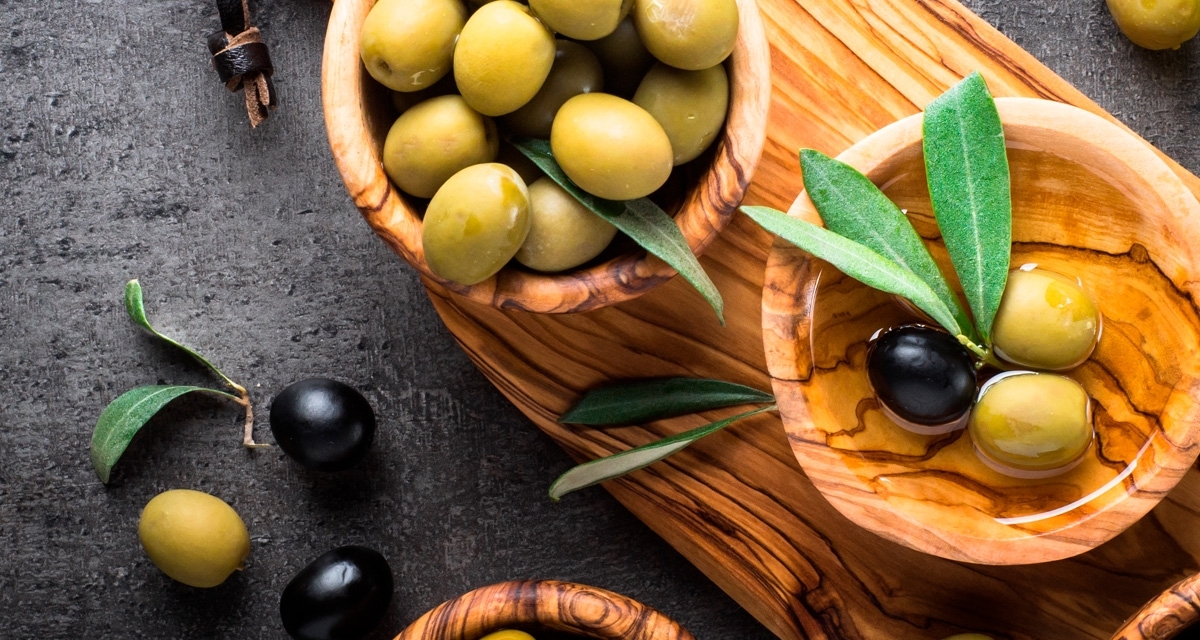
The composition of the olive
The olive is composed of pulp, where the vegetal water and olive oil cells are concentrated, and the stone. Olive oil forms 18% - 32% of the olive, the vegetal water, 40% - 55%, and the stone and vegetal tissue, 23% - 35%. In the maturing process, it loses chlorophyll and carotene until it becomes black, and loses a major part of its water content. It is opportune to remind that the green olive is not ripe, the black olive is.
From every 100kg of olives, on average, 15 litres of olive oil are produced. The variety of olive tree, type of soil, irregularities of the land, circumstances in which the olives grew and ripened, the care taken in the harvesting, and the maceration are preponderant factors in obtaining a good olive oil. For each stage in the maturing of the olive, there is a color, an aroma, a flavor of olive oil, and likewise for each type of olive. Conclusion: a bad olive results in bad olive oil with a bad odour. A good olive, depending on the production process, can result in good aroma, flavor and texture. So far, we have not focused on color. Although a fundamental component (in fact, vitamins and sub-vitamins in the composition of olive oil), there is no way of measuring color. Therefore, a color that is greener, yellower or more golden is not indicative of more or less quality. It merely means that the respective vitamins are in the olive oil. Therefore, one should not concern oneself with color in the hope of buying a better olive oil. Remember that, in the classification process, a dark colored glass is used so that the color of the oil will not influence the score.
There is the olive to produce olive oil, the olive for eating and olive oil, and the olive just for eating.
Suffice to be aware that there exist 2,000 varieties of the Olea Europaea, and we understand that there are at least 200 varieties of olives suitable for producing oil, and with this, we have a minimum of 200 possibilities of olive oil. There are olive oils from high quality olives and those from low quality ones, ones with excellent aroma, flavor and texture, and others without personality, dull. Indeed, the latter are most abundant in countries that do not produce olive oil.
The greener the olive, the more chlorophyll and carotene it possesses, the sharper and more bitter will be the olive oil resulting from the maceration. As the olive ripens, it loses water, chlorophyll and carotene, becomes more wrinkled , sweeter and less spicy. Thus, the olive oil produced at the beginning of the harves will certainly be more bitter and spicy, requiring blending with oils from the previous harvest to balance its taste. After the first month of harvest, the olives reach an intermediate stage between green and ripe, and the olive oil achieves a natural balance.
The famous olives, the Picual from Spain, the Koroneike from Greece, and the Coratina from Italy, for example, possess different contents of hydrocarbonates, alcohols, aldehydes, ketones, esters and acids. These differences occur in each one of the olive varieties, conferring upon them different flavors, aromas, colors and textures.
